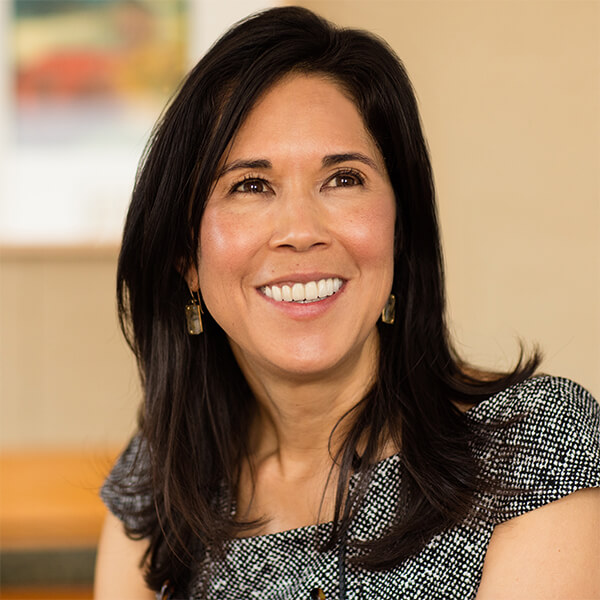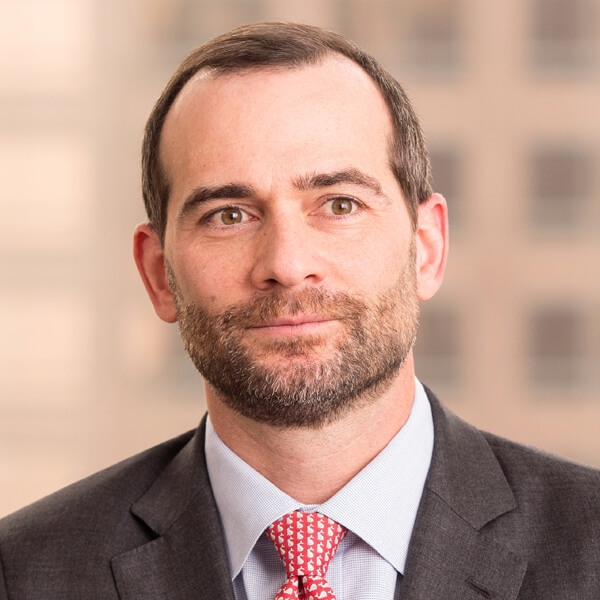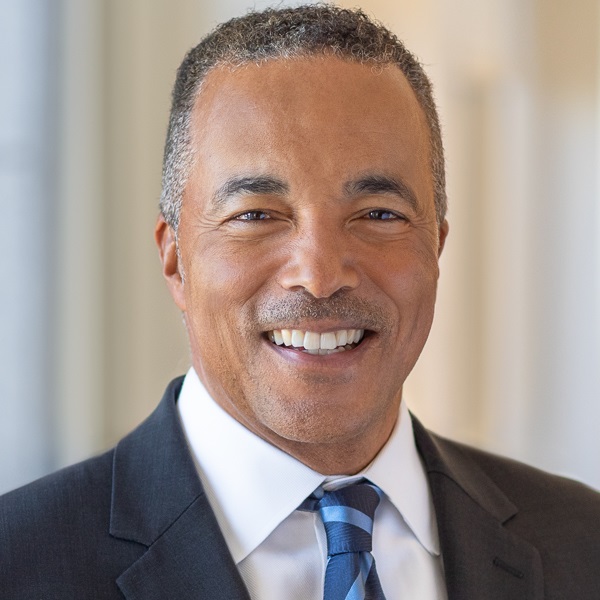There is an old saying in the investment business: If you haven’t experienced a bankruptcy, then you’re probably not taking enough risk.
Bankruptcy should never be taken lightly, of course. But investing is a business of assessing risk and seeking reward. Mistakes are inevitable.
“It is very hard to consistently outsmart the market,” says equity portfolio manager Greg Wendt, who has been a professional investor for 35 years. “Even the most successful portfolio managers are right 55% of the time and wrong the other 45%. At Capital, we have a tradition of sharing our experiences with colleagues: to be supportive, empathetic and to remind them that if they keep working hard, they will get it right again.”
For equity portfolio manager Lisa Thompson, mistakes are the building blocks of future successes.
“You learn more from your mistakes than your successes,” says Thompson, who has 34 years of investment industry experience. “When you buy a stock and it works out well from the start, that feels great, right? But there is a chance that might be due to being in the right place at the right time. But I find that where I've learned a lot is when an idea didn’t work out or took very long to work out.”
In that spirit, five veteran portfolio managers share their investing mistakes and the subsequent lessons they learned.









